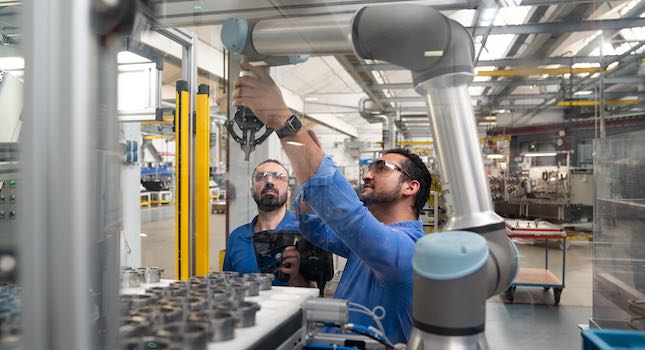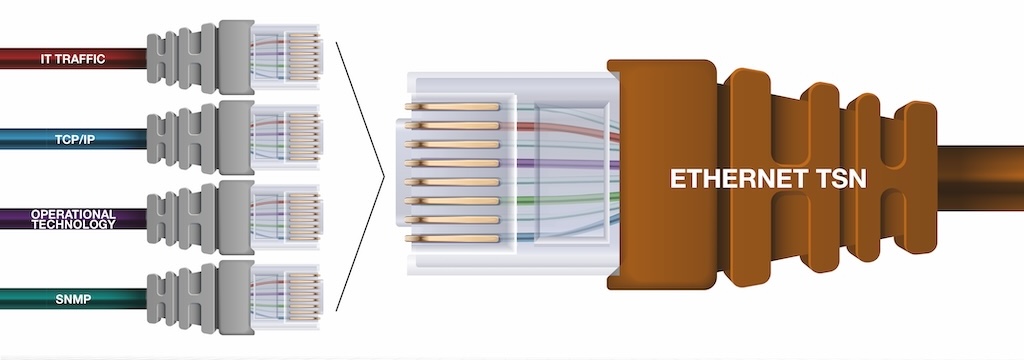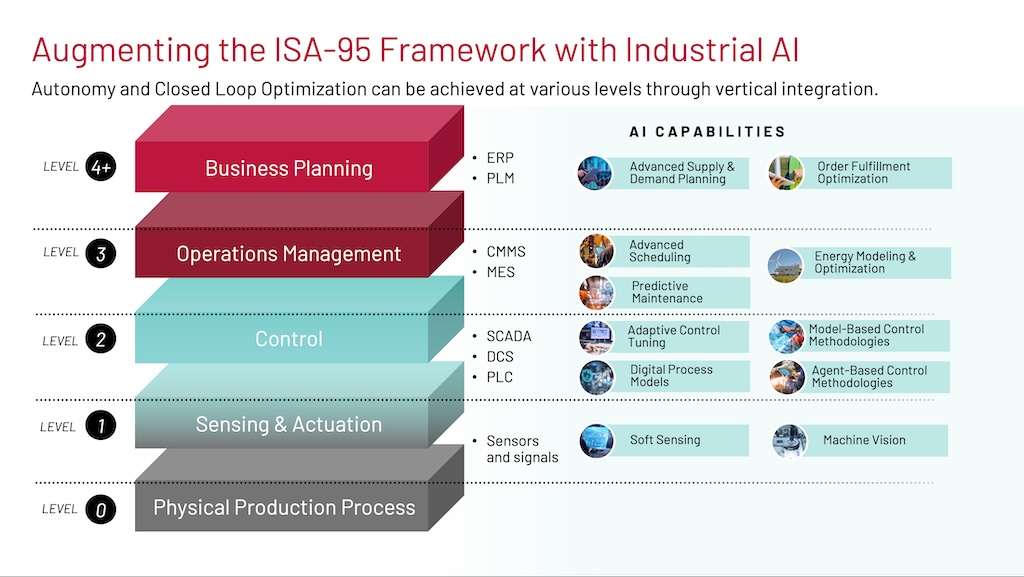When it comes to stocking indirect maintenance, repair and operating materials, many organizations don’t apply the same rigor that they do with direct materials. And chances are that lack of concern is losing those organizations thousands of dollars.
Do you know the value of your on-hand indirect materials? Do you know how often they turn? Do you know your optimal stocking levels? Chances are you don’t, and it could be costing you thousands of dollars a year.
Many organizations don’t apply the same rigor when it comes to stocking indirect maintenance, repair and operating materials. However, just like direct materials, there is a carrying cost — and even more important, a process cost — to everything you keep on your shelves. One could even argue that it’s far more expensive to acquire indirect materials due to the nature of that purchase, which may involve using many different suppliers to essentially buy items that could be purchased from just a few.
More and more business executives are realizing that the next frontier in managing time and costs begins by creating healthier inventory systems for both direct and indirect materials.
Managing your parts
A smart inventory solution program can help curb out-of-control costs, hoarding, overstocks and waste. It starts with organizing and collecting data on the items that are kept on-hand. You need to assign an “Inventory Category” to each item you stock. Products usually fall into one of four categories: fast-moving, critical, slow-moving and inactive.
Fast moving items are items that typically have turns of 10 or more per year. Critical items are those that don’t turn often, however, without them, your company will lose hundreds — if not thousands — of dollars an hour if you’re not able to easily acquire them. Slow moving inventory may have less than 10 turns per year, and inactive items are those that are not critical and show no use over the last 12 months. Also known as “dead inventory,” inactive inventory is not only wasted money, but it also takes up valuable space.
Once you understand exactly what you should keep on hand, you can establish more realistic stocking levels. At this point, it’s important to create a baseline so you’ll be able to report back future improvements.
Now you’ll need to look at streamlining the replenishment process. Many replenishment options are available to choose from today. It can start with simple bar-coding and scanning technologies to complete on-site, vendor-managed programs, or it can be something more significant. The point is, you’ll need to make a change in how you acquire indirect supplies. Without this change, chances are it won’t take long to end up exactly where you started.
Once the change is in place, you’ll need a process to ensure that any new items added truly should be added. By applying this continuous improvement concept, you’ll need to weigh “cost-to-carry” versus “cost-to-order” in determining if any new items should be placed into stock. By applying these processes, you’ll be well on your way to establishing a healthy inventory program.
By collecting data on items that are kept on hand, users can better identify which parts are fast moving, slow moving or dead inventory.
| Author Information |
| Don Scheibenreif is vice president of strategic marketing for W.W. Grainger Inc. He began his career with The Quaker Oats Co. in 1987 and has since held positions of increasing responsibility with Coca-Cola and the True Value Co. |



